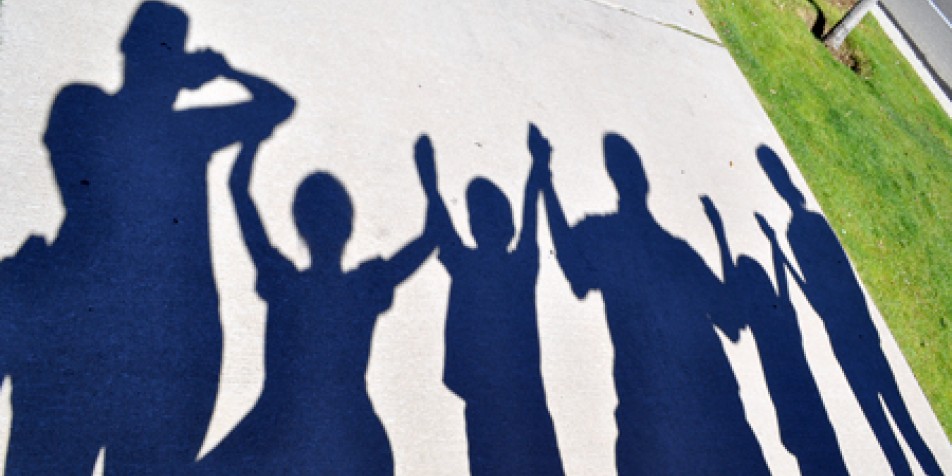A Family for Every Child

The concept seems obvious: every child needs a family in order to thrive. However, child welfare systems too often place children with developmental disabilities or complex medical needs in institutions rather than with families. There are two major contributing factors to this practice: widespread misconceptions about disability, and poor understanding of available services and how to use them.
In 2013, more than 1,700 children with disabilities were living in congregate care facilities in Pennsylvania alone. And, the actual number of youth is likely much larger.1 These young people are frequently deprived of supportive family connections, denied access to independent living and transition planning services, and are at a high risk of being unprepared for adulthood or becoming institutionalized.
One way states can avoid these poor outcomes is by expanding family-based placement alternatives. Research shows that virtually all children, even those with serious developmental and physical disabilities, do better when they live with families–provided the families have adequate support.2
Family-based placements can take a variety of forms. Sometimes, additional supportive services can allow a child to return to their biological family. In other situations, medical or therapeutic foster care might be the best option. Some states are also experimenting with a hybrid option called “life-sharing,” in which the biological family and a foster family partner to meet a child’s complex, often expensive medical needs.3
Family-based alternatives are not only the best option, they are legally required. Under federal law, all foster youth – regardless of medical needs or disability status – are entitled to the least restrictive, most family-like setting possible.4 Family-based options also make good financial sense. Congregate care is expensive, and research suggests that well-supported family care produces better outcomes at equal or lower cost.5
Click here for more information and to access Juvenile law Center’s transition planning resources for foster youth with disabilities. For more information on family-based alternatives to congregate care, click here.
Image credit: "Family silhouette shadows 2" by Carissa Rogers, licensed under CC Attribution 2.0.
1 This figure is based on Adoption and Foster Care Analysis and Reporting System (AFCARS) Data for Pennsylvania from 2013.
2 For a review of the literature on this topic, visit http://everychildtexas.org/PDFs/Literature%20Review%20CC%202010.pdf
3 For more information on these options, review these three workbooks developed by the Imagine Different Coalition. The Imagine Different Coalition is a statewide group of advocates working to reduce the use of congregate care for children in Pennsylvania. Juvenile Law Center is a member of the Coalition.
4 42 U.S.C. § 675(5)(A).
5 The Annie E. Casey Foundation, Rightsizing Congregate Care: A Powerful First Step in Transforming Child Welfare Systems (2009), available at http://www.aecf.org/m/resourcedoc/AECF-RightsizingCongregateCare-2009.p….